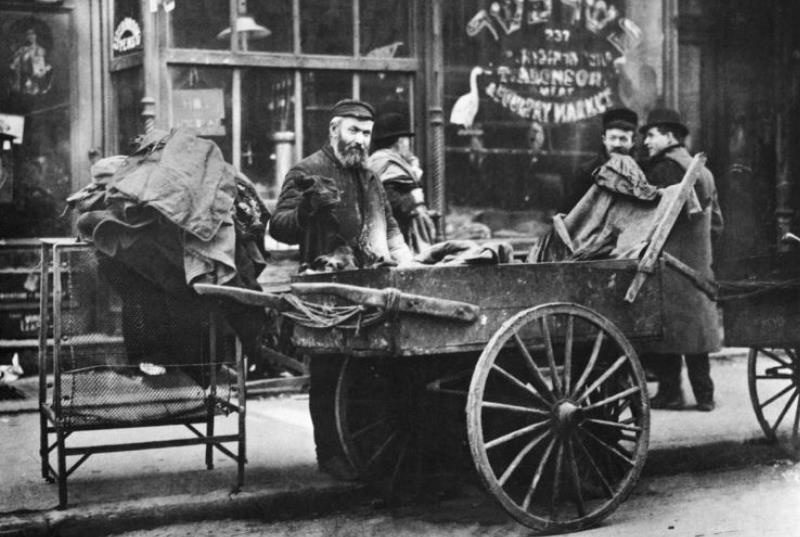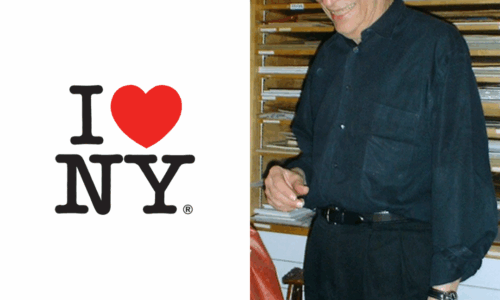
Here is some Jewish history behind pushcarts. It all started in shtetls, places where Jews were often not allowed to own land and had to rely on mobile shops to earn a living and survive. At the turn of the 20th century, European Jewish immigrants moved to the United States, arriving at Ellis Island and many settling in the tenements of the Lower East Side of New York.
In 1886, four vendors set up the first pushcarts on Hester Street. By 1910, the Lower East Side was considered the capital of Jewish life in America, with Jews making up a significant percentage of the population at that time. The cost of renting a pushcart was inexpensive, allowing new immigrants to earn money and start a new life for their families. Often, the items sold served the needs of this Jewish immigrant community, offering affordable food, clothing, religious articles, and more.
By 1940, the outdoor carts had moved to an indoor open-air space known as the Essex Street Market. Pushcarts made up the landscape of New York City and Jewish American life for almost 75 years.
Photo: The New York Public Library




